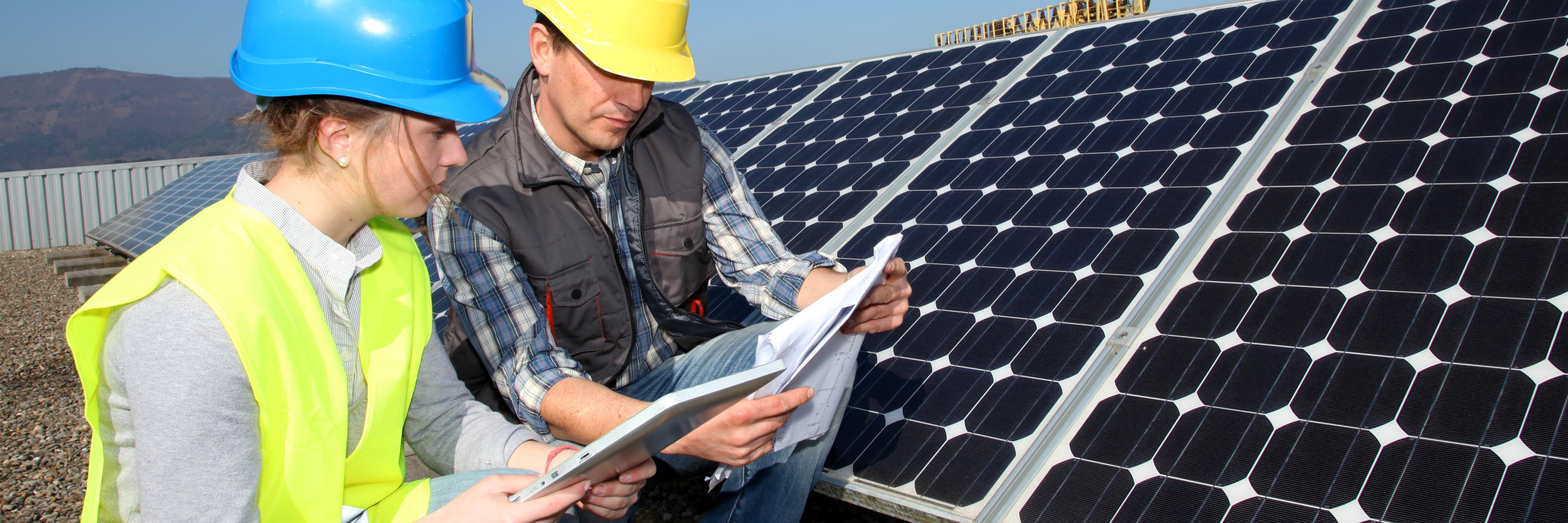This Seneca program has been validated by the Credential Validation Service as an Ontario College Credential as required by the Ministry of Colleges and Universities.
Mechanical Engineering Technology - Building Sciences
Program Learning Outcomes
As a graduate, you will be prepared to reliably demonstrate the ability to:
- Monitor compliance with current legislation, standards, regulations and guidelines.
- Plan, co-ordinate, implement and evaluate quality control and quality assurance procedures to meet organizational standards and requirements.
- Monitor and encourage compliance with current health and safety legislation, as well as organizational practices and procedures.
- Develop and apply sustainability* best practices in workplaces.
- Use current and emerging technologies* to implement mechanical engineering projects.
- Analyze and solve complex mechanical problems by applying mathematics and fundamentals of mechanical engineering.
- Prepare, analyze, evaluate and modify mechanical engineering drawings and other related technical documents.
- Design and analyze mechanical components, processes and systems by applying fundamentals of mechanical engineering.
- Design, manufacture and maintain mechanical components according to required specifications.
- Establish and verify the specifications of materials, processes and operations for the design and production of mechanical components.
- Plan, implement and evaluate projects by applying project management principles.
- Develop strategies for ongoing personal and professional development to enhance work performance.
- Apply business principles to design and engineering practices.
Glossary
Emerging Technologies – Technologies that are not yet standard but that are likely to be adopted in the near term. The expectation is that an emerging technology will come into standard usage when the application of the technology matures.
Sustainability – Sustainability encompasses the ethical ideal that calls for optimizing the long-term carrying capacity and vitality of three interdependent systems — environmental, social and economic. In a manufacturing context, sustainability aims to improve the quality of human life, while protecting nature, by engaging in manufacturing processes that are non-polluting, conserve energy and resources and protect ecosystems; benefit employees, consumers and communities; and strengthen enterprises that foster economic growth and prosperity.
